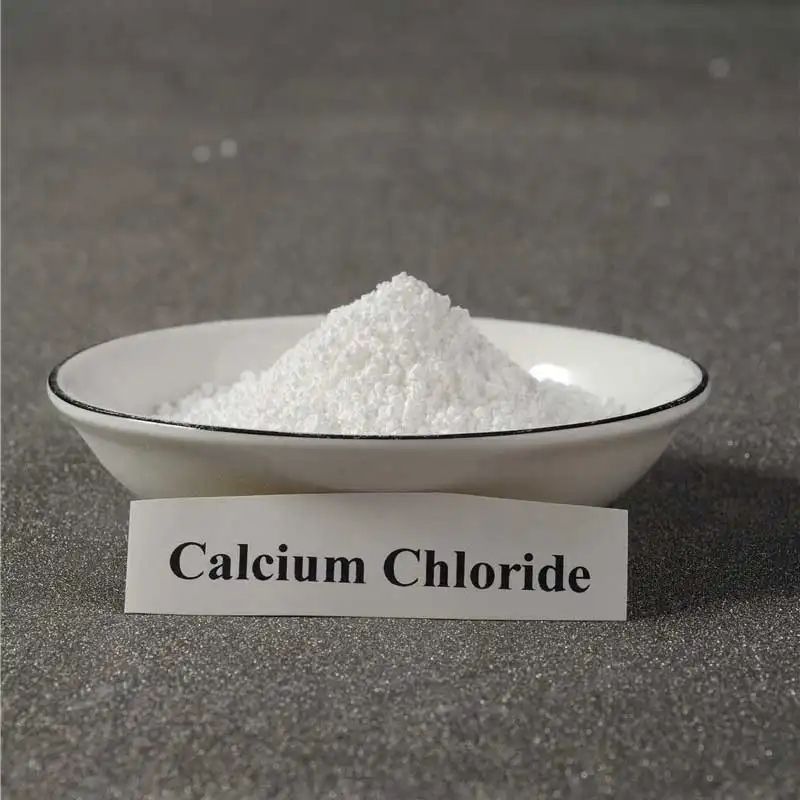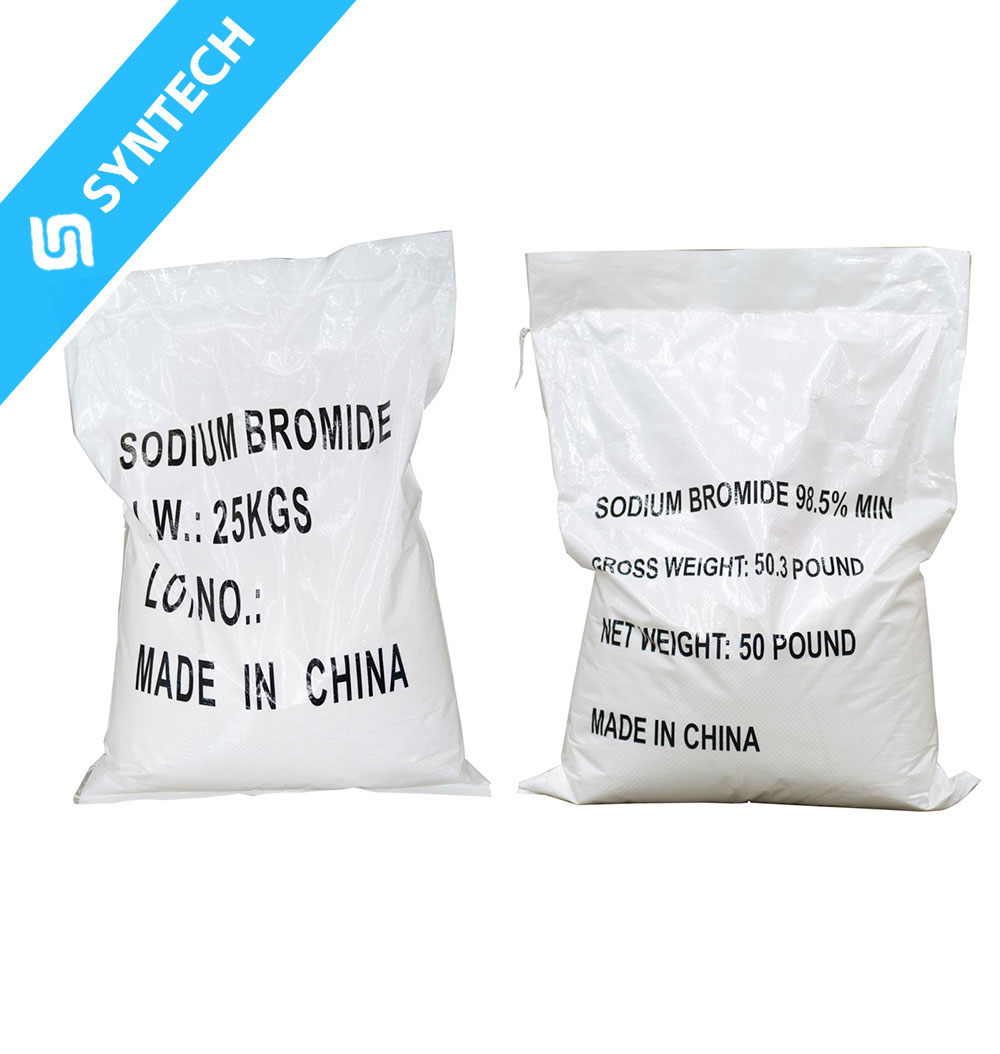Based on the search results, the two most prominent performance advantages of Sodium Methallyl Sulfonate (SMAS) are its strong hydrophilicity and solubility in water due to the sulfonate group, and its ability to act as a versatile monomer for copolymerization, significantly enhancing the properties of polymers and various chemical products .
Here is a summary of these key advantages:
💡 Explanation of the Advantages
- The Power of the Sulfonate Group: The key to SMAS’s performance lies in its chemical structure. The sulfonate group (
-SO₃Na) is ionic and highly polar. This makes the molecule strongly hydrophilic, meaning it has a great affinity for water . This property is crucial for applications where water solubility is needed, such as in water treatment chemicals or the production of water-soluble polymers. - Enhancing Polymers through Copolymerization: As a monomer, SMAS is particularly valued for its ability to be easily introduced into polymer chains alongside other monomers . The sulfonate group it carries imparts several beneficial properties to the resulting copolymer:
- Improved Dyeability: In acrylic fibers, the sulfonate groups provide sites for dyes to bond, making the fibers easier to dye with brighter colors and better colorfastness .
- Dispersion and Resistance: The ionic sulfonate groups help polymers disperse other substances effectively (e.g., preventing scale in water or keeping particles suspended in drilling mud) and can enhance the polymer’s stability in harsh environments with high salt concentrations or temperatures .






